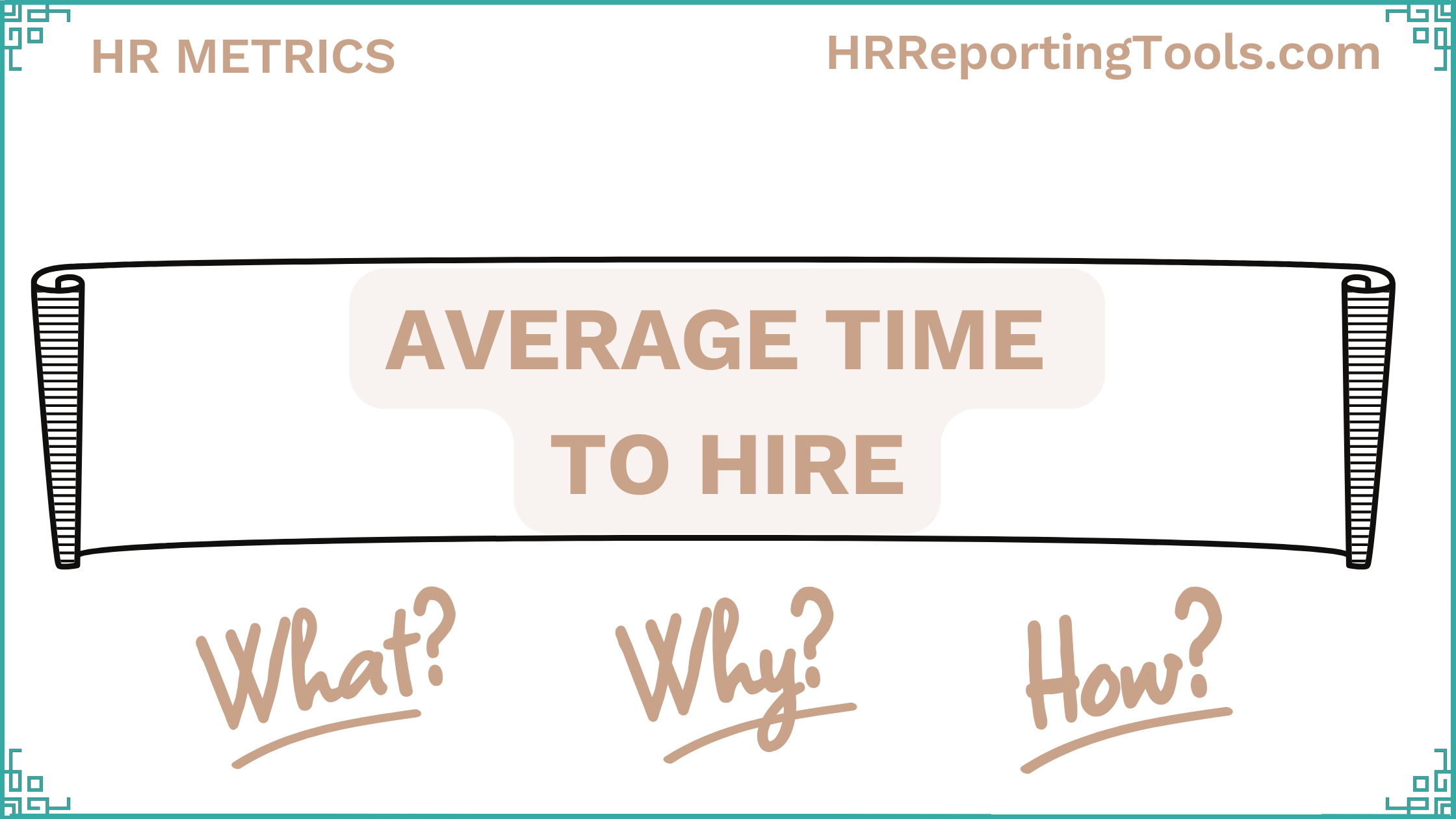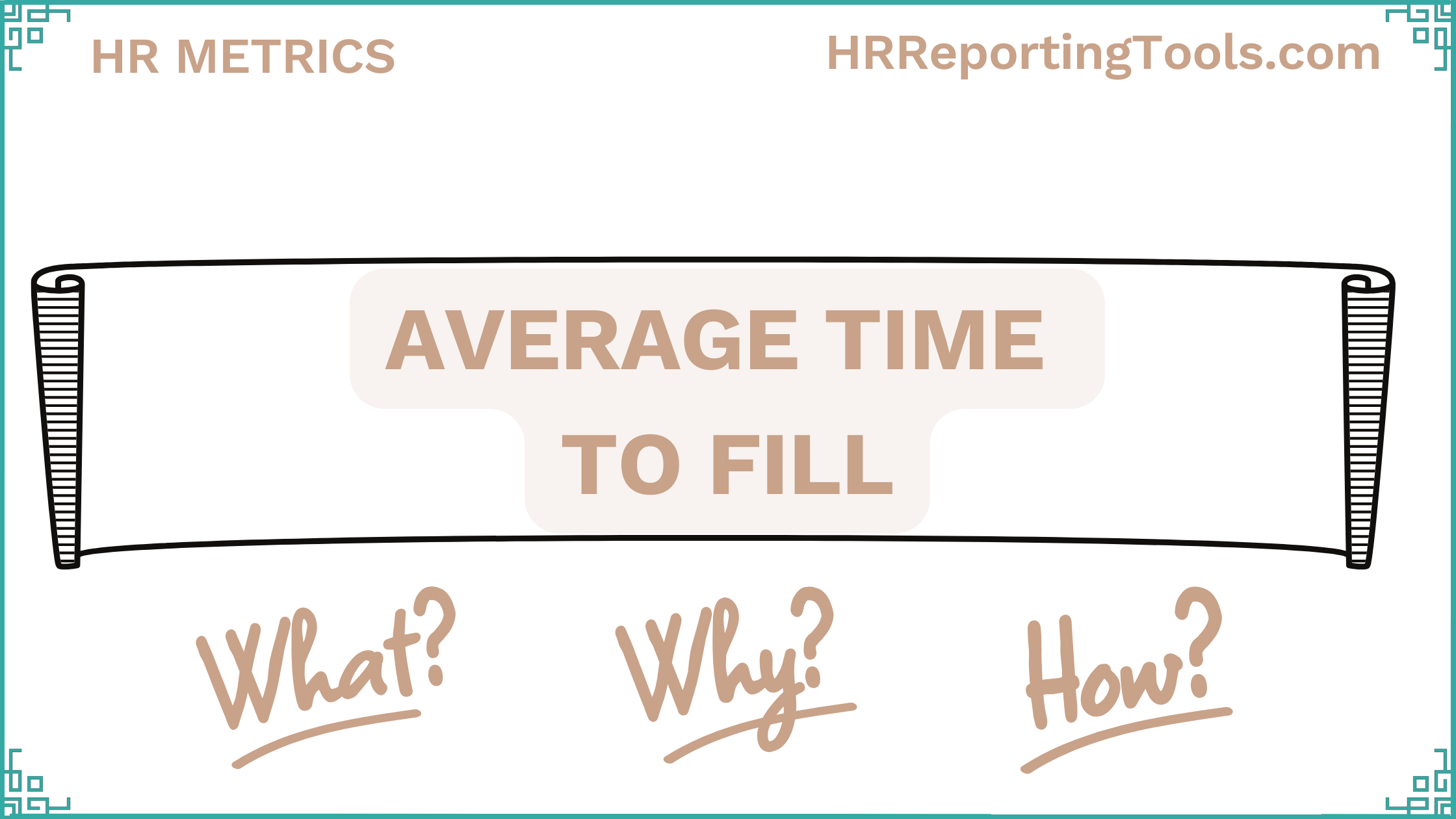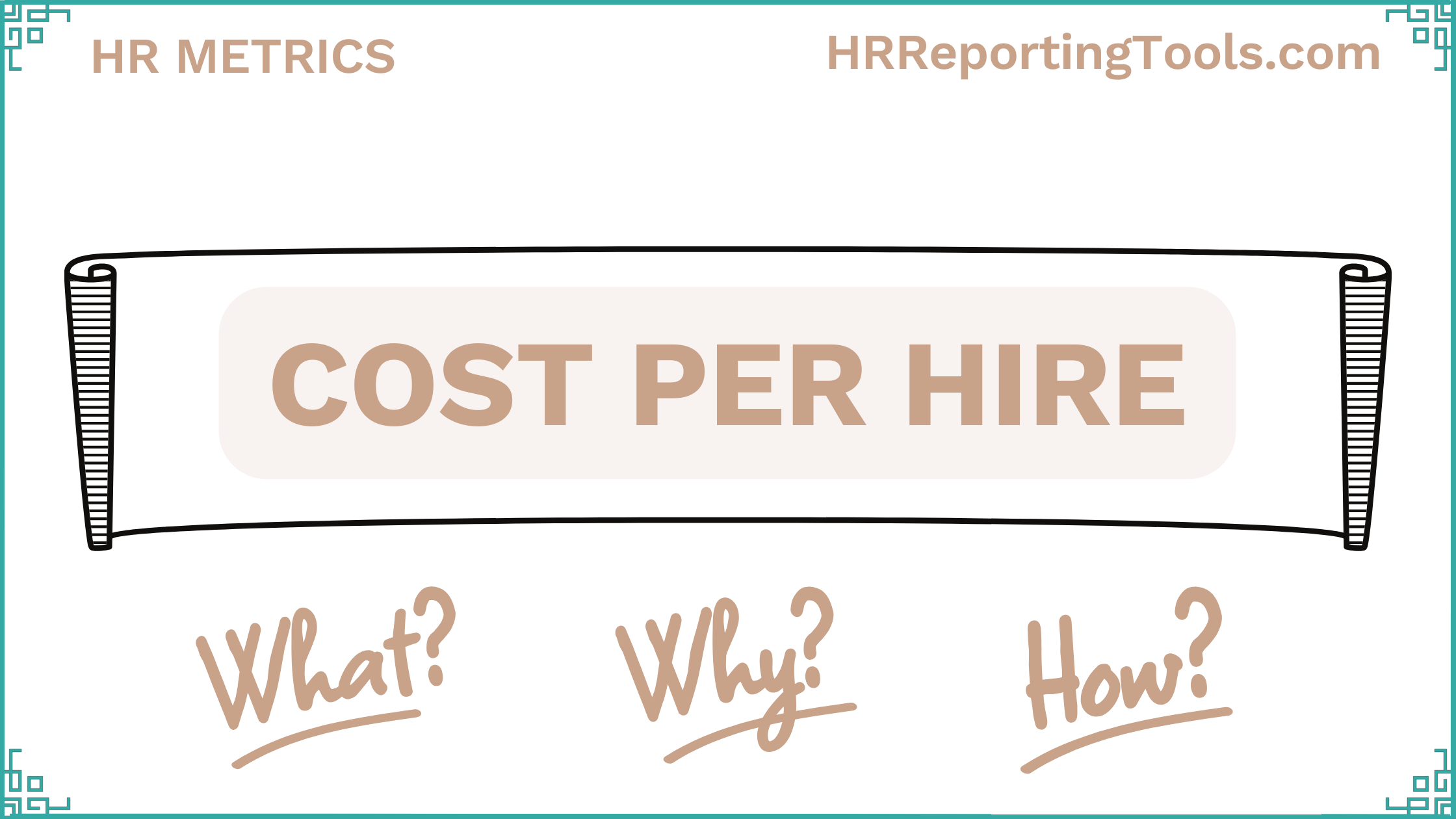Hiring Cost
HR Metric - Hiring Cost
What (Definition)
As businesses grow and expand, it is essential for employers to hire new staff to increase income and fulfill various roles within the company. Hiring cost is a key recruiting metric in business, where recruiters calculate and measure the cost associated with hiring new employees. It represents the sum of each and individual cost incurred throughout the entire new staff recruiting process. The hiring cost can vary from one industry to another, and different factors come into play when measuring and calculating it.
Why (Benefits)
Hiring new employees can significantly contribute to a company's success in various roles. These new staff often bring expertise in different areas, thereby increasing overall productivity and availability of highly skilled employees who can bring about several benefits for the company. Additionally, it is important for businesses to train these new employees to adapt and align to the company’s future strategic goals.
Below are some key factors why we should measure the hiring cost.
1. Budget Better
Knowing hiring costs helps us plan our money better. No surprises!
2. Make Hiring Smarter
By checking where our money goes when hiring, we can cut down on wasteful spending and hire the right way.
3. See How HR's Doing
When we know the costs, we can see if our recruitment team is doing a good job without overspending.
4. Make Smart Choices
When we're clear on what hiring costs are, it's easier to decide how to hire, whether it's in-house or outsourcing.
5. Get the Most Out of Our Newbies
Realizing how much we spend on each new hire, reminds us to train them well so they can give their best.
6. Check the ROI
If we know how much we spend on hiring someone, we can see if we're getting our money's worth based on their contribution to the company.
How (Calculation)
The costs of recruitment can arise from both internal and external requirements.
Internal recruiting costs
Internal expenses such as wages paid to recruiters and conducting training sessions to provide an experienced employee to fulfill a specific job role.
Also don't forget any direct costs associated with the interview process. Whether it's paying for a candidate's travel, catering for a day of interviews, or setting up virtual interview tools, every bit counts. If six employees participate in the interview process for a candidate, that's six employees diverting time from their usual tasks. The number of hours each employee spends interviewing, reviewing, and discussing the candidates, all adds a cost.
Interviewing a candidate or the associated interview costs can be considered internal hiring costs. This is because the activities and resources involved like the time taken by employees to conduct the interview, the use of company facilities or virtual platforms, and any internal preparations are utilized from within the organization.
However, if a company uses an external recruitment agency that charges fees for arranging interviews or facilitating the interview process, that portion of the interview cost would be an external hiring cost.
Therefore the nature of the interview cost whether internal or external depends on the specific sources of those costs and how the interview process is managed.
External recruiting costs
Expenses out of the company, including money spent on advertising vacancies such as posting vacancy availability on job websites, online advertisements on the internet and social media platforms where a huge number of users can be targeted, hosting a recruiting event, and many more promotional and advertising acts.
Conducting background check services in order to make sure that the applicant is eligible for the job role, and agency fees where the job postings are being posted, third-party software and tools that can track the applicant's progress and performance in trials, and many more.
By analyzing the above costs across various components based on different industries we can calculate the total cost an organization spends on hiring new employees. As an example, a typical recruitment chart is provided below which breaks down and illustrates the percentage of the total hiring cost.
External Costs: 30 - 40%
Internal Costs: 60 - 70%
Percentage of various costs at play for hiring
The percentages from the chart can vary depending on several industries as different factors and requirements are involved.
The general equation for calculating hiring cost:
Hiring cost = Internal cost + External cost
Cost split up for hiring candidates
Internal cost components are marked red and the external ones are marked yellow.
Note: Some of the costs involved in hiring are measured for each applicant (like background check, interview, travel expenses, etc.), while the other costs (like advertising, software and tools, job postings, etc.) are spread across all the candidates.
Internal Cost:
Sum of interview cost = $15+$15+$15+$20+$15+$15+$15+$15+$30+$20 = $175
Sum of training cost = $8+$8+$8+$8+$8+$8+$8+$8+$8+$8 = $80
Total of Internal Cost = $175+$80 = $255
External Cost:
Sum of advertising cost = $80
Sum of background check cost = $5+$4+$5+$5+$7+$2+$5+$4+$4+$4 = $45
The sum of the job posting cost = $100
Other = $40
Total of External Cost = $80+$45+$100+$40 = $265
Therefore,
Hiring Cost = $255+$265 = $520
Measuring benefits from hiring and its cost
Return on investment (ROI)
This phase of the recruitment process is significant and crucial as the cost calculation is important to study in order to absorb the cost spent on intaking new staff members and how successful the recruitment process was.
Formula:
ROI in percentage = [(Return income - Hiring cost) / Hiring cost] * 100
We can calculate the return on investment (ROI) of the hiring cost using the formula above. Return income is the increase in money flow after recruiting new employees for a certain job role. Hiring cost is the measure of money spent during the recruiting process as mentioned in the above section of the article.
This formula can help businesses analyze and evaluate the financial benefits obtained by spending on hiring new employees.
Get automated HR metrics for your company with our templates
(Available in 3 platforms: Microsoft Power BI, Google Sheets or Microsoft Excel)
Related HR metrics
Now it’s your turn.
Do you measure hiring costs in your company? Please share your thoughts on how you do it below. We would like to hear from your experience.
To learn more about other recruiting metrics please visit HR reporting tools.









